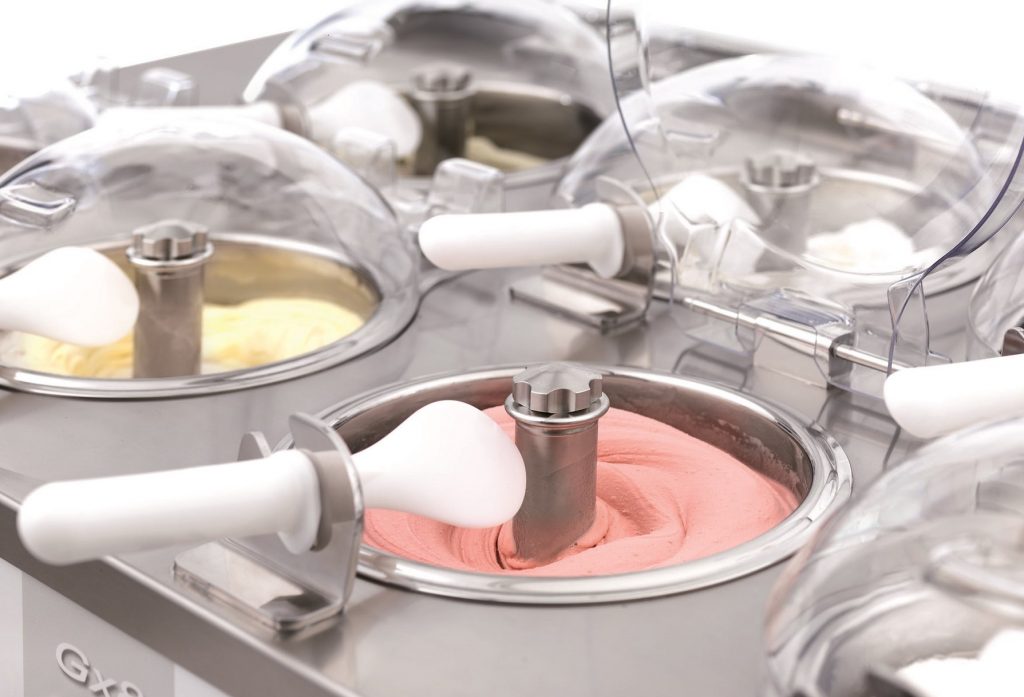Gelato could easily be confused for traditional ice cream. After all, it’s a heavenly frozen treat that’s served in scoops and often in a choice of tempting flavours. While it may look similar, and Gelato is the Italian word for ‘ice-cream’, there is some big differences in taste between the two. It’s all down to the production process where Gelato opts for a soft and dense texture while ice cream is considered lighter and richer. Both are delicious.
Here’s a guide on the main differences. The next time you’re struggling to choose between the ice cream parlour and gelaterie, you’ll be ready to make an informed decision.
Ice Cream
Creating the perfect bowl of ice cream is no easy feat. As we all know, water turns to crunchy ice crystals when frozen. Due to the high water content of both ice cream and gelato, minimising the size of those crystals is the ultimate goal during production. It makes for a soft and silky texture which is free from hard particles of ice.
Ice cream makers avoid that crystallisation by using a combination of milk, cream, sugar and often egg yolks. The latter was traditionally used in French made ice cream but is now a mainstream ingredient across many ice cream producers. All of these ingredients are cooked to form a decadent custard.
This is then cooled and churned at high speed. In the industry, it’s known as ‘overrun’ a process that whips plenty of air into the mix. The best quality ice cream won’t have more than a 25% overrun. In other words, the mixture won’t have increased in volume by any more than 25% during that churning process.
Ice Cream is best served at a cold temperature, higher than that of gelato. The creamy nature holds best in these conditions. Find out more, read our ice cream machine buying guide.
Gelato
Gelato doesn’t have nearly as much fat thanks to the more predominant use of milk over cream. The custard base is somewhat similar to ice-cream but eggs are often avoided and cream is kept to a minimum. Another main difference is the churning rate which runs at a much slower speed. This produces less air into the base which gives a dense texture.
Given this consistency and the lower fat content, you’d expect Gelato to be harder than the ice-cream alternative. The opposite can actually be said due to the temperature at which it is served. This is slightly higher than ice-cream which is essential for the creamy and soft texture which makes Italian ice-cream world famous.
Conventional ice-cream wouldn’t last in these conditions as the high-fat content would quickly melt and become far too watery. Flavours are thought to be accentuated for Gelato as the lack of fat puts all emphasis on the fruity of sweet ingredients.
It’s all very technical but it always comes down to preference. Maybe on a hot day you prefer the ice-cold decadence of ice-cream, while Gelato’s warmer texture can be enjoyed throughout the year.
Thankfully, both of these mouth-watering frozen desserts can be lovingly crafted with the help of our soft serve and gelato manufacturing equipment. Find out more, read our gelato making guide.












